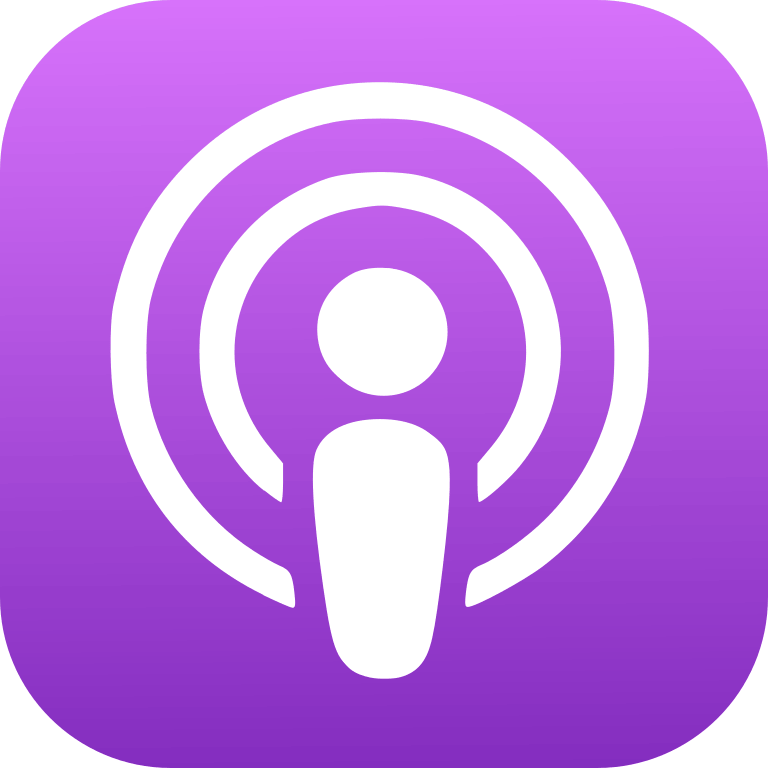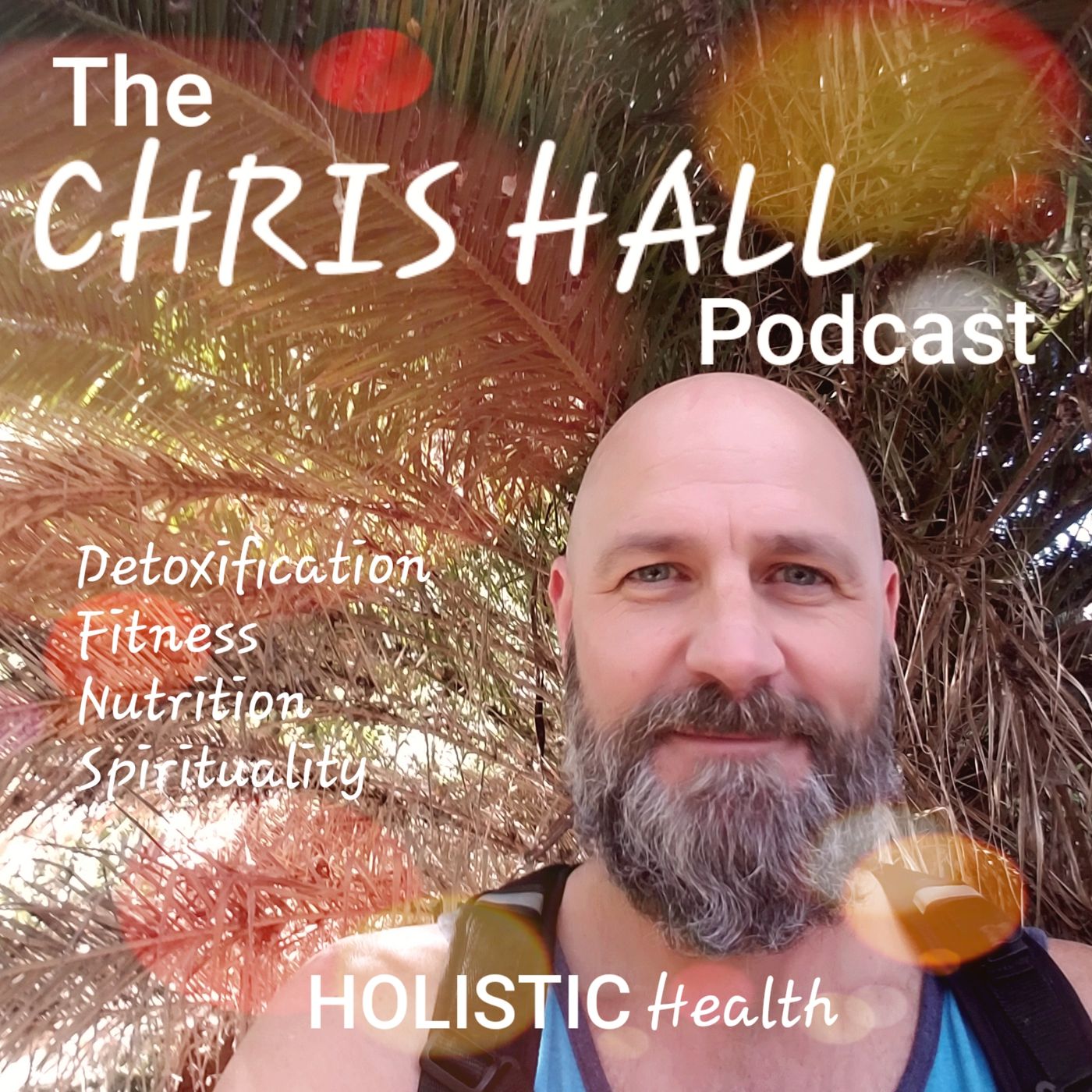 |
Davis Fitness MethodAuthor: Steven Davis
Davis Fitness Method Podcast is a show designed to help you create a healthy and balanced lifestyle with sustainable fitness outcomes. Language: en Genres: Fitness, Health & Fitness Contact email: Get it Feed URL: Get it iTunes ID: Get it |
Listen Now...
Why You Can’t Feel the Muscle You’re Training (And How to Fix It)
Episode 51
Saturday, 8 November, 2025
Most lifters think they’re not growing because they’re not training hard enough — but what if the problem isn’t effort, it’s leverage? In this episode, Steven Davis and Tris Cason break down why you might not feel the muscle you’re trying to train and what that really means for progress. They cover everything from exercise setup and body positioning to tempo, tension, and how to tell if your training is actually effective. You’ll learn how to stop chasing numbers and start chasing stimulus — so you can build real muscle, move better, and train without pain. If you’ve ever wondered, “Why can’t I feel it in my glutes?” or “Am I even doing this right?”, this one’s for you. Why You Can’t Feel a Muscle Two common reasons: The muscle isn’t positioned to create leverage. It’s simply too weak or underdeveloped to generate strong feedback. “If a muscle isn’t in a position to create leverage, you won’t feel it — that doesn’t mean it’s not working.” Leg Press Setup Example A client couldn’t feel their glutes because their setup limited hip movement. Adjusting pad height and foot placement shifted tension back to the glutes. “Too high or too low with your feet and it becomes more adductor or quad — not glute.” Tracking Stimulus Beyond Load Numbers alone don’t define progress. Tempo, form quality, and control determine whether the muscle is getting real tension. Feeling Crunches in Your Neck If you feel crunches in your neck, it’s often due to weak cervical flexors or poor positioning. Use an ab mat or chin tuck to fix the issue. Overload vs. Overstimulus Adding weight too fast leads to “ego lifting.” Steven uses the tree-chopping analogy — real progress comes from consistent tension in the same spot, not random effort. “Who cares about that extra rep if you had to throw away your form to get it?” Pre-Exhaustion Myths Pre-fatiguing muscles rarely enhances results. What helps more is adjusting pressure gradients and positional awareness — like activating hamstrings before squats to improve balance and range. Dealing with Tight Muscles Gentle static stretching and using opposing muscles to lengthen tight ones works better than aggressive stretching. Example: pulling lats through range before pressing to open shoulders. “Stretching doesn’t kill performance — not accessing tissue does.” Training Sore Muscles Smartly Soreness isn’t always a sign of poor recovery. Often it’s just lingering sensitivity. You can still train, but shift to different resistance profiles (e.g., train lengthened positions if short range is sore). Structure vs. Soft Tissue Leaning into structure (like locking out joints) bypasses muscle tension. Examples: RDLs where you “hang on your skeleton.” Dumbbell presses with straight vertical arms removing chest tension. “Your body will find any way to compensate when it gets tired.” Load vs. Movement Progression Not every improvement means heavier weight. Sometimes, progress means upgrading the pattern — e.g., from bilateral to contralateral split squats. The goal is stability and control first. Function and Adaptation Chasing load can create dysfunction. Exercises that “rate-limit” how heavy you go can protect recovery and movement quality. “If you’re chasing numbers but moving worse, you’re not progressing — you’re just rehearsing dysfunction.” Wrap-Up Focus on leverage and position first. Don’t panic if you can’t feel a muscle yet — strength and sensation develop together. Regress to progress. “Everything you want from training comes from doing it right — not doing more.”






